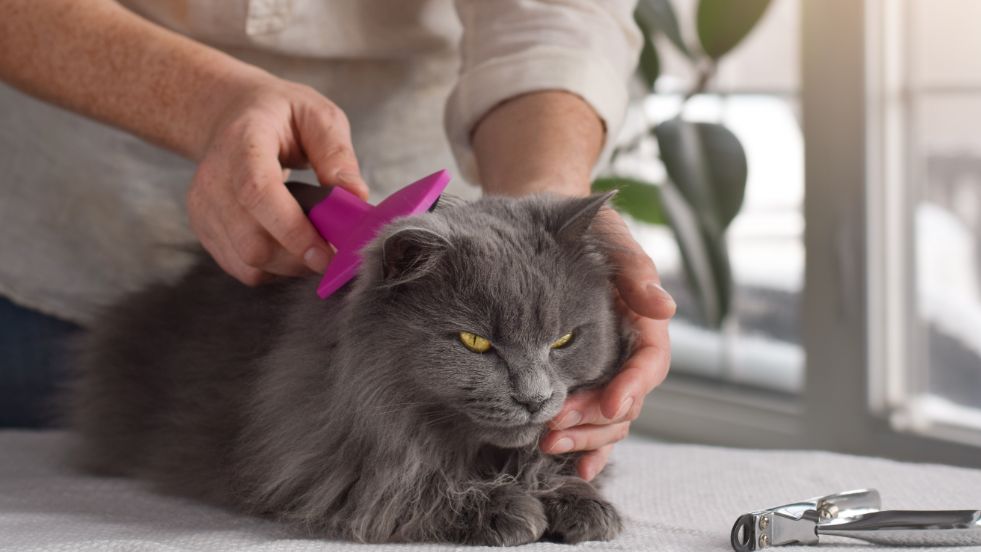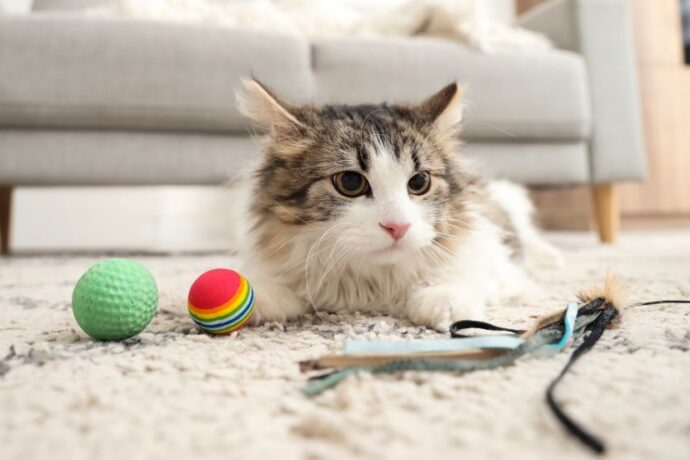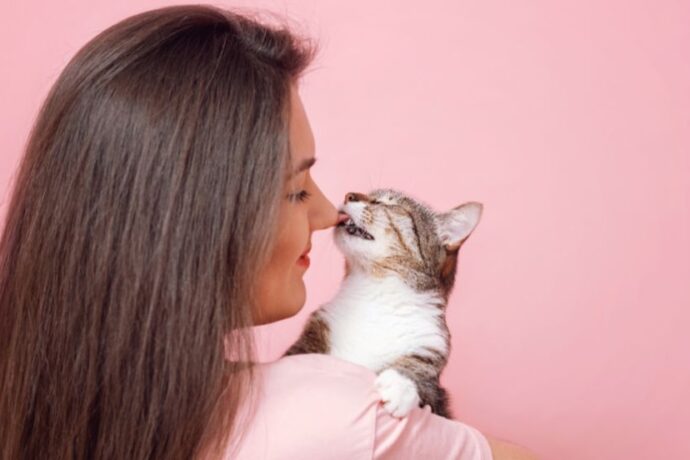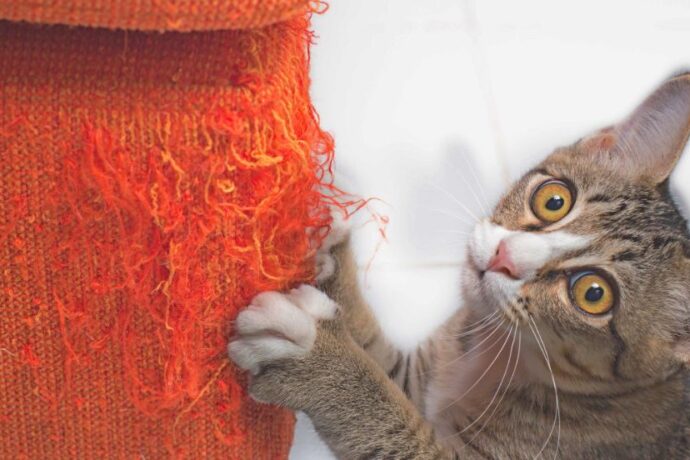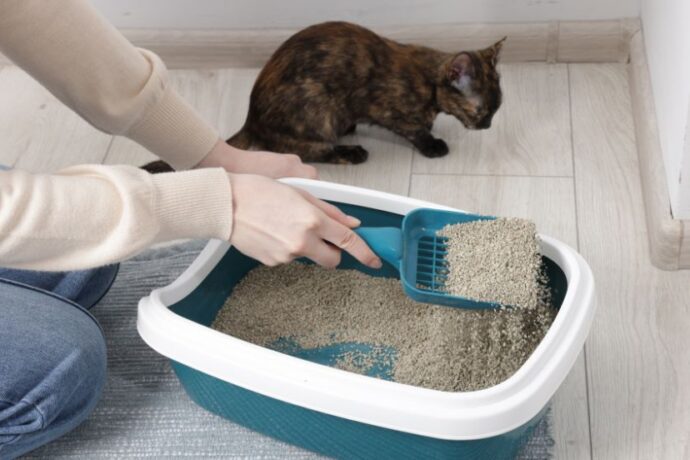Cats are often seen as self-cleaning creatures, meticulously licking their fur to perfection. While it’s true that they’re excellent groomers, even the most fastidious feline needs a little human help to stay truly clean and healthy. Regular grooming isn’t just about keeping your cat looking beautiful—it’s essential for their skin, coat, and overall well-being.
From reducing shedding and hairballs to preventing matting and detecting early signs of health issues, grooming plays a vital role in your cat’s life. In this guide, you’ll discover ten simple yet effective cat grooming hacks that make the process easier, faster, and far more enjoyable—for both you and your furry friend.
10 Best Cat Grooming Hacks You’ll Wish You Knew Sooner
1. Brush Regularly—But the Right Way Matters
Brushing your cat is the foundation of good grooming, but technique and frequency depend on their coat type.
- Short-haired cats: Brush once or twice a week.
- Long-haired breeds (like Persians or Maine Coons): Daily brushing prevents tangles and mats.
Use a soft-bristle brush or grooming glove for short coats and a wide-toothed comb for long hair. Always brush gently in the direction of hair growth to avoid discomfort.
Evidence: A study in Applied Animal Behavior Science found that gentle brushing mimics social grooming among cats, lowering stress levels and improving bonding between cat and owner (1).
2. Use Cornstarch to Tackle Knots Instantly
Dealing with stubborn mats? Before you reach for scissors, try cornstarch. Sprinkle a small amount on the tangled area, then gently work through the knot with your fingers or a comb. The cornstarch helps loosen the hair, reducing tugging and pain.
This hack works wonders on long-haired cats, especially around the armpits or behind the ears, where mats often form.
3. Make Bath Time Stress-Free (Yes, It’s Possible)
Most cats hate water, but sometimes a bath is unavoidable—especially if they’ve rolled in something sticky or smelly.
Quick Fix:
- Use a shallow sink or tub with a non-slip mat.
- Fill with just a few inches of lukewarm water.
- Gently pour water using a cup rather than a sprayer.
- Use a mild, cat-safe shampoo (never human products).
Afterward, wrap your cat in a soft towel and let them dry in a warm, quiet space. Over time, pairing bath time with treats can reduce anxiety.
Scientific Note: Studies show that cats’ stress hormones spike during bathing but drop significantly when handled calmly and rewarded afterward—confirming that a positive approach changes their experience entirely (2).
4. Try a Grooming Glove for Fussy Cats
If your cat runs from the sight of a brush, a grooming glove can be a game-changer. It mimics petting, allowing you to remove loose hair without resistance.
These gloves also stimulate the skin’s natural oils, leaving the coat shiny and soft. Many cat owners find their pets actually enjoy this kind of “stealth grooming.”
5. Wipe Instead of Bathing Between Grooming Sessions
For cats that despise water, grooming wipes are a perfect alternative. Use unscented, hypoallergenic wipes made for pets to clean fur, paws, and even around the face.
This quick method keeps dander and dirt under control and reduces allergens in the home.
Fun Fact: Research from Veterinary Dermatology notes that regular surface cleaning can lower allergen levels by up to 50%, benefiting both cats and their owners (3).
6. Keep Nails Trimmed Without the Drama
Trimming your cat’s nails doesn’t have to be a battle. Introduce the clippers gradually—let your cat sniff them, then reward calm behavior. Trim just the sharp tips (avoid the pink “quick,” which contains nerves and blood vessels).
If your cat resists, do one paw at a time. Regular trims prevent overgrowth and painful snagging on furniture or carpets.
Vet Tip: Cats that have regular nail trims from kittenhood show less resistance later in life, as found in a 2020 Journal of Feline Medicine and Surgery study on desensitization training.
7. De-Shed Naturally with a Damp Cloth
After brushing, run a slightly damp microfiber cloth over your cat’s coat. It picks up remaining loose hairs and reduces shedding around your home.
This trick is especially useful during shedding season (spring and fall) when cats lose their winter or summer coats.
8. Freshen Up Fur with a Homemade Grooming Spray
Make your own natural grooming mist to freshen your cat’s coat and reduce static:
- 1 cup distilled water
- 1 teaspoon aloe vera gel
- 2 drops of cat-safe essential oil (like lavender or chamomile) — optional and only if approved by your vet
Lightly spray on the fur and brush through. Avoid the face and paws. This hack keeps fur smooth, soft, and lightly scented without irritation.
9. Check Ears, Eyes, and Teeth During Grooming
Grooming time is the perfect opportunity for a quick health check. Look for signs of redness, discharge, or foul odors in the ears and eyes. Check teeth for plaque or gum inflammation.
Cats often hide discomfort, so these small checks can catch health issues early.
Research Note: According to the American Association of Feline Practitioners, routine at-home inspections can help detect dental or ear problems up to 40% earlier than annual vet visits alone (4).
10. Make Grooming Positive with Rewards and Timing
Always end grooming sessions with a treat, praise, or playtime. Choose a time when your cat is calm—after a meal or nap—to make grooming smoother.
Keeping sessions short (5–10 minutes) prevents stress and builds positive associations. Over time, your cat will begin to see grooming as bonding rather than a chore.
Scientific Evidence: Behavioral studies show that cats trained with positive reinforcement learn up to 30% faster and retain good grooming habits longer than those handled forcibly or without reward (5).
FAQs Frequiently Asked Questions
1. How often should I groom my cat?
A. Short-haired cats benefit from weekly grooming, while long-haired breeds need daily brushing to prevent tangles. Adjust based on shedding and seasonal changes.
2. What should I do if my cat hates grooming?
A. Start slow. Introduce one tool at a time, keep sessions brief, and reward calm behavior. Over time, most cats adapt and even enjoy the process.
3. Can I use human grooming products on my cat?
A. No. Human shampoos or sprays can disrupt your cat’s skin pH and cause irritation. Always choose products specifically formulated for cats.
Conclusion:
Grooming your cat isn’t just about keeping them clean—it’s a powerful act of care and communication. By using these ten smart hacks, you can make grooming faster, easier, and more enjoyable for both of you.
Remember: patience, gentleness, and consistency are the keys. Whether it’s a quick brushing session or a full grooming routine, every touch builds trust and strengthens your connection. The result? A happy, healthy cat who not only looks great but feels safe and loved in your care.
References:
1. Effects of Interactions with Cats in Domestic Environment
2. Effects of stressors on the behavior and physiology of domestic cats
3. Evaluation of different techniques for washing cats
4. Preventive Health Care for Cats
5. Comparison of positive reinforcement training in cats

